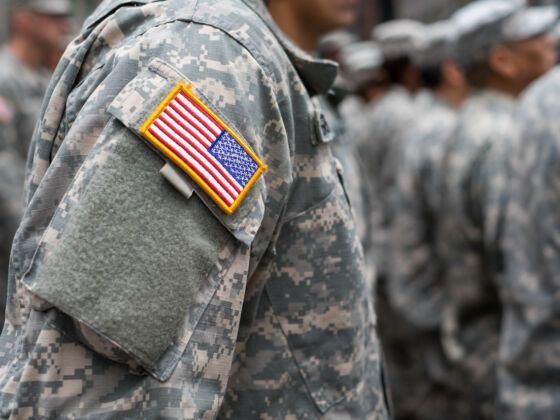Jonathan Schulze was a proud Marine who loved his daughter, Kayley, and was described as willing to help “…anyone in need.”
During a tour in Iraq in May 2004, he wrote his parents that “I bet I easily pray over a dozen times a day…Our vehicle elements and Marines on patrols are getting hit hard by these bombs the Iraqis plant all over…”
